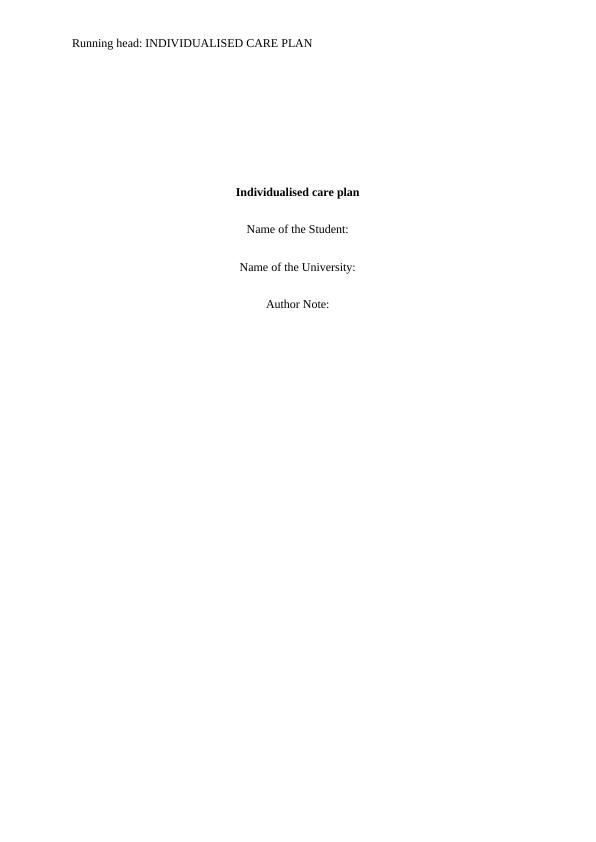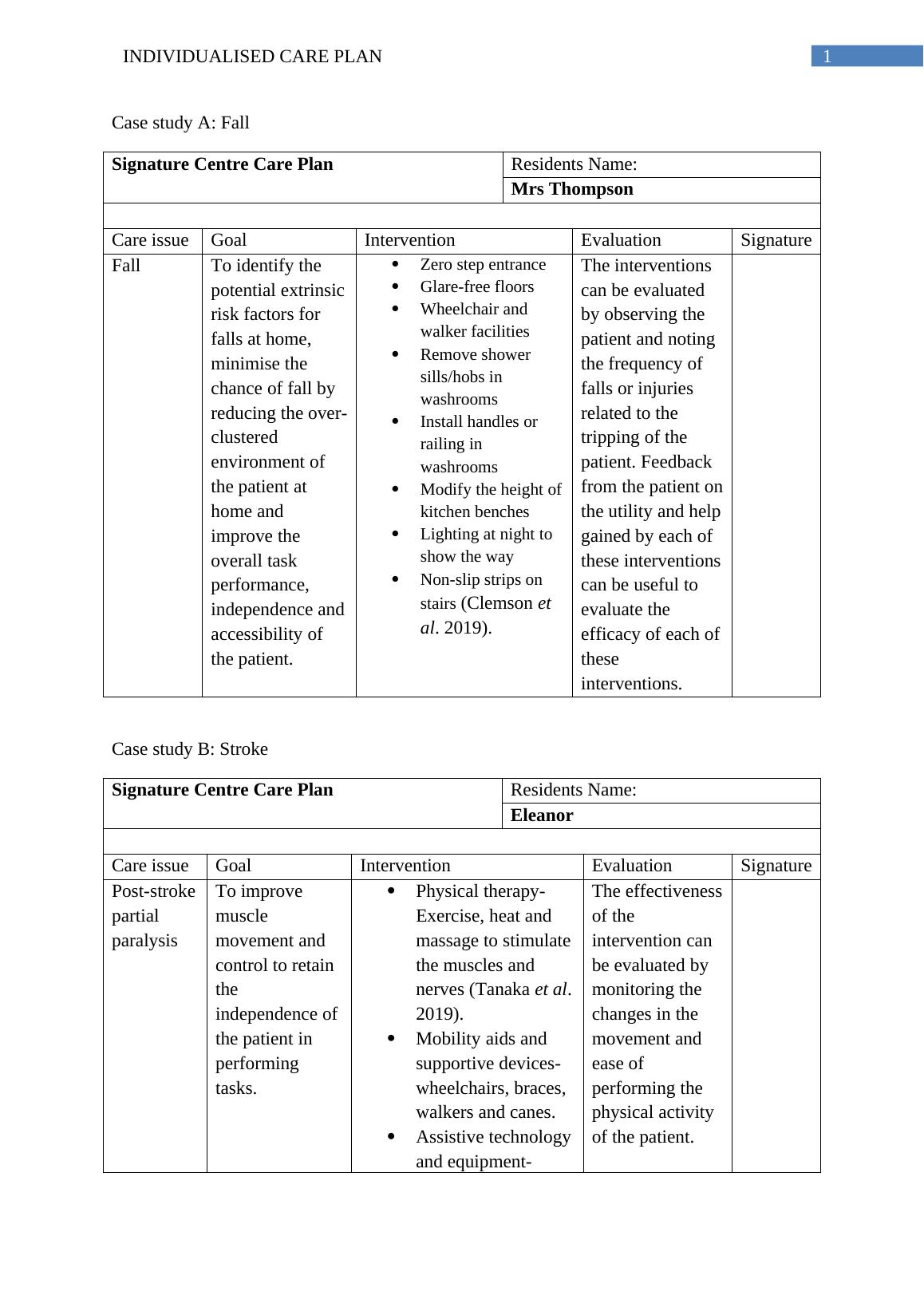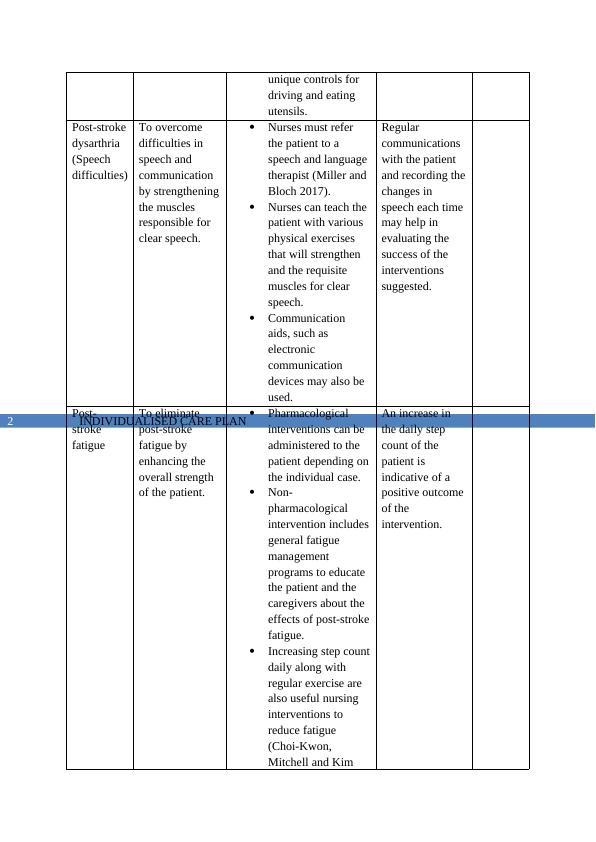Individualized Care Plan | Case Study
This assignment is about providing individualised support to different patients with specific needs and challenges.
6 Pages1051 Words19 Views
Added on 2022-08-18
Individualized Care Plan | Case Study
This assignment is about providing individualised support to different patients with specific needs and challenges.
Added on 2022-08-18
ShareRelated Documents
End of preview
Want to access all the pages? Upload your documents or become a member.
Care Plan for Stroke Patient: Comprehensive Nursing Plan for Mr. Lim
|9
|1842
|167
The imaging techniques such as magnetic
|5
|1010
|15
Pathophysiology of Chronic Health Problems and Management Strategies
|6
|1102
|172
Community Health Promotion : Falls Prevention and Health Promotion in Older Adults
|8
|1686
|26
Nursing Care Plan - Assignment
|3
|767
|2584
NSB204 - Mental Health and Illness
|11
|2356
|43



